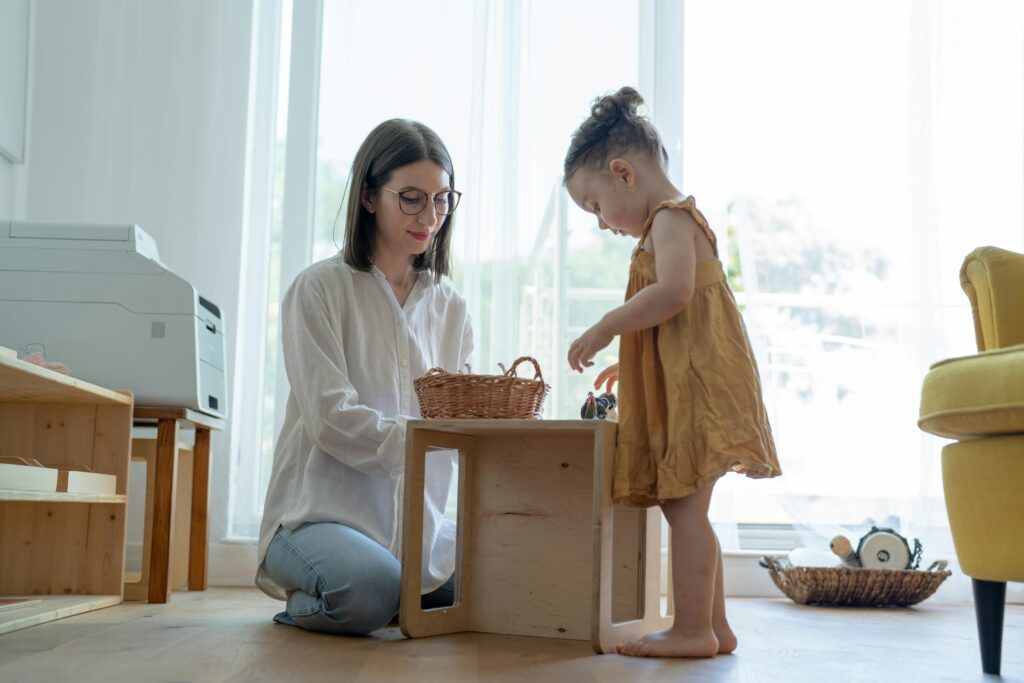
Photo by Sebastian Pandelache on Unsplash
Children have different learning styles, which impact the way they respond to school lessons and teachings. Most schools will adopt a traditional learning approach based on explaining things to kids and getting them to copy it. This mainly revolves around writing and listening – but most kids don’t see this as the most effective way to learn.
Instead, your child could be a visual learner. As the term hints, this learning style is more about seeing things. They learn better when they have visual cues infront of them; they’d rather see something than be told how it works. Knowing if your child is a visual learner or not can help you improve their education. You can inform their teachers of this, or at least ensure you help them visually at home.
How can you tell if your child is a visual learner? They’ll usually exhibit these three attributes:
Excellent puzzle-solving skills
Identifying a child’s learning style helps you and teachers work out how to help struggling students in the classroom. That’s why it’s vital you spot key signs of visual learning in your child – and their puzzle-solving abilities are a big one!
Visual learners are always good at solving puzzles. This is because they’ve got something infront of them they can see, and it makes it easier for them to work out where things go. They could be good at jigsaw puzzles, rubiks cubes or puzzles involving building things. If your child always asks for puzzles as gifts, then it’s a fairly good indication of their learning style.
Better observation skills than most
All children are observant, but visual learners have better observation skills than most. They notice finer details and can pick out things even you wouldn’t notice. For instance, is your child good at always pointing out patterns or shapes in the world around them? Have they pointed something out to you and made you go “oh yeah, I never noticed that before!”
If so, it’s pretty clear they’re a visual learner. The ability to be highly observant comes from their brain’s natural capacity to take in visual information. You can run a quick test for this too; get some spot the difference books or a Where’s Wally type of thing and see how fast your kid can identify the differences or find the hidden person. Children who prefer visual learning will be excellent at this.
A preference for visual aids
While other children like reading or writing things down, yours prefers to watch videos to gain information. Maybe you see them watching stuff on YouTube and then applying what they’ve learned to their lives. Or, they always tell you about things they learned while watching a video. They’re so good at retaining information from videos, which shows they’re a visual learner.
Other visual aids can apply here too; like books with illustrations or diagrams explaining how things are done. If your child struggles with a particular concept or lesson in school and the understands it after they see a diagram or an image, it’s a surefire sign they’re a visual learner.
Don’t just look for these signs in the way they learn; think about how your kids keep themselves entertained. Do they do a lot of things involving observation, puzzle-solving or enjoying visual content? Figure out if your child is a visual learner and you can put them on a more optimal path to learn better and feel more confident about their abilities.

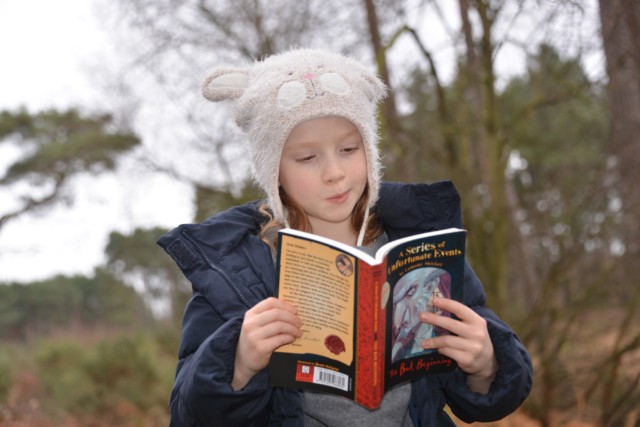
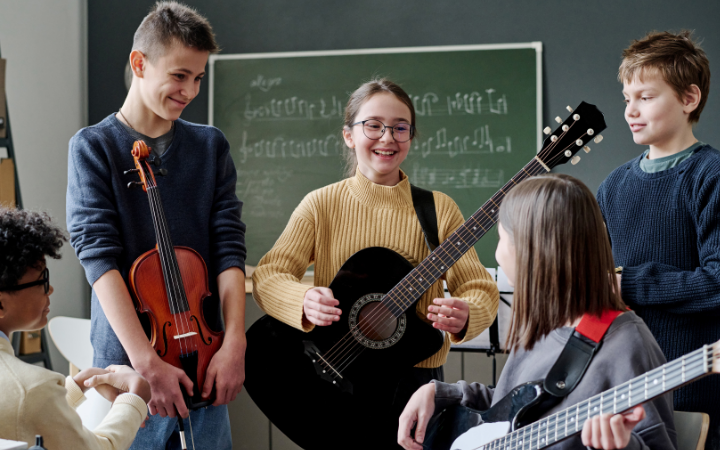
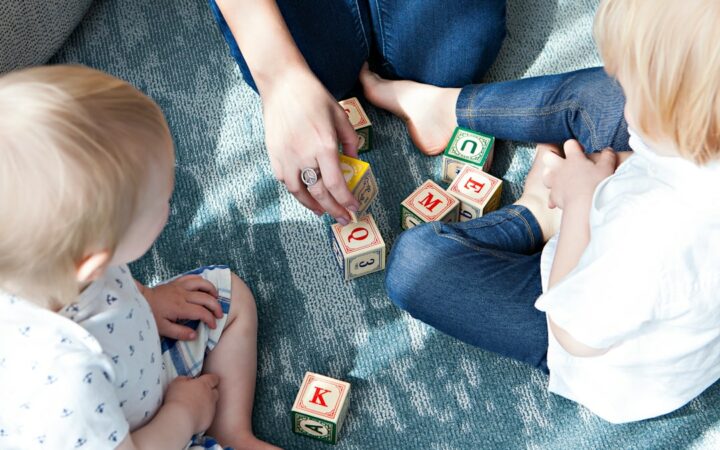
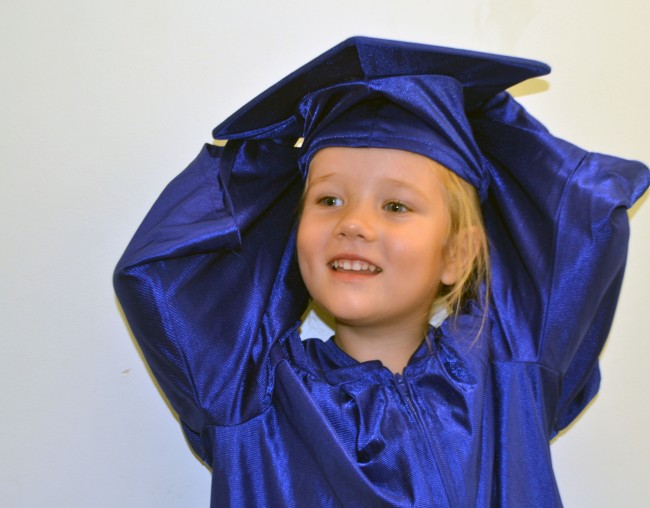






Leave a Reply